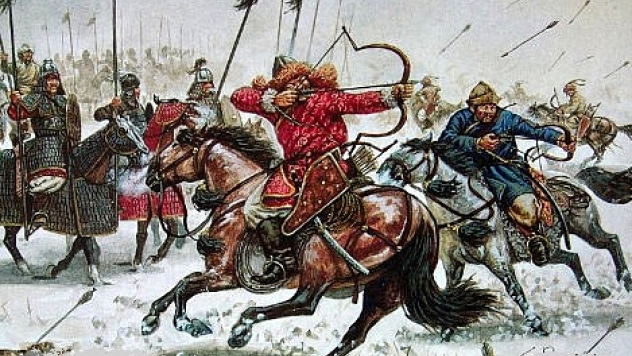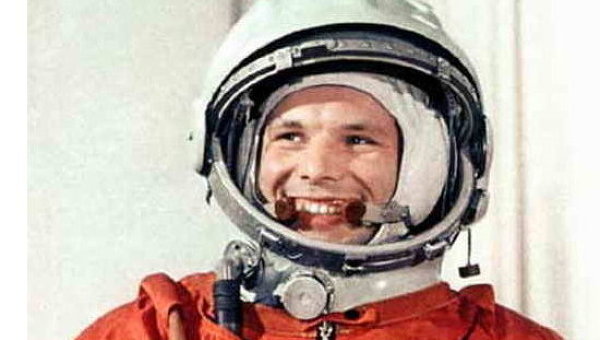1/7th of the World
Russian culture has a long and rich history, steeped in literature, ballet, painting and classical music. Russia has a very visual cultural past, from its colorful folk costumes to its ornate religious symbols. Situated on the great Eurasian plane, Russia has been vulnerable to invasions from both East and West (Mongols, 13-14th cent.; French, 1812; Germans, 1941) but was also well-placed to expand laterally, once a centralized autocratic state emerged under the grand princes of Moscow (15-16th cent.). Today Russia spans the entire northern part of the Eurasian continent. Adoption of Orthodox Christianity from Byzantium brought Russia into the fold of Christian Europe and at the same time set it apart from the Roman Catholic West. Therein lies the beginning of Russia’s ambivalence toward the West and the recurrent belief in the country’s special destiny as the bearer of true faith, whether Orthodox Christianity, Slavic commonwealth, or Communism. With its persistent mediaeval legacy and barely touched by the Renaissance and Reformation, Russia emerges on the world stage only under Peter the Great (1682-1725). He established a lasting pattern for meeting the challenge of the West: selective adoption of modern Western institutions in war, industry, science, and education without diminishing the centralized state and its power of confiscatory taxation.
Where the reforms were successful, achievements over the last two centuries have been spectacular: literature (Tolstoy, Dostoevsky), music (Chaikovsky, Shostakovich), art (Malevich), theater and ballet (Stanislavsky, Diaghilev), film (Eisenstein), science (Mendeleev, Pavlov), weapons and space technology (Sputnik). Russia became a military superpower when it defeated Napoleon (1812-14) and remains one to this day. But serfdom was abolished only in 1861, land ownership is still unresolved, and historic grievances in the empire’s borderlands to this day threaten the integrity of the state. Profound antagonism between modernizing trends and concentration of power at the top — be it a tsar or a communist dictatorship (1917-1991) — has produced an unstable polity. Periods of extreme repression (notably under Stalin) have alternated with episodes of exuberant liberation, followed by reforms, in turn, undermined by renewed centralization and repression. Emancipated from communism and the Soviet Union (1986-1991), Russia is struggling to institute a federal democracy and a market economy while its foreign policy is oriented to a partnership with the West.
Learning about the Russian history and culture is an excellent way to improve your Russian and understand Russian-speaking people. Ballet is one of the most notable art forms coming out of Russia. Founded in 1776, the Bolshoi Ballet is a classical ballet company based at the Bolshoi Theatre in Moscow and known throughout the world. The Mariinsky Ballet in Saint Petersburg is another famous ballet company in Russia. Peter Ilyich Tchaikovsky, the 19th-century Russian composer, is world renowned for "Swan Lake" and the "1812 Overture," among other pieces. There are several museums, including his childhood home, showcasing his personal belongings and musical artifacts. Russian literature has also had a worldwide impact, with writers such as Leon Tolstoy ("Anna Karenina" and "War and Peace"), and Fyodor Dostoevsky ("Crime and Punishment" and "The Brothers Karamazov") still being read around the world.
Russian nesting dolls are well-known symbols of the country. These sets of dolls, known as matrioshka dolls, consist of a wooden figure that can be pulled apart to reveal another smaller version of the same image inside, and so on, often with six or more dolls nested inside one another. The painting of each doll, which can be extremely elaborate, usually symbolizes a Russian peasant girl in traditional costume. Colorfully painted onion domes, which first appeared during the reign of Ivan the Terrible, are commonplace in Russian architecture and are predominant atop church structures. It has been speculated that they represent burning candles or vaults to heaven and often appear in groups of three representing the Holy Trinity. Formerly a powerful tsarist empire and a Communist superpower, Russia continues to be a source of fascination for travellers. Visitors are doubly rewarded by the cultural riches of the country and the warmth of the Russian people. 10 must-do things in 1/7th of the World 1. To visit the number one tourist attraction in Moscow - world famous Red Square. Perhaps and with good reason since there are lots to see in and around the square such as St. Basil’s Cathedral, Lenin’s Mausoleum, the State Historical Museum of Russia, GUM, and the Kremlin. |
Coat of Arms of Russia |







